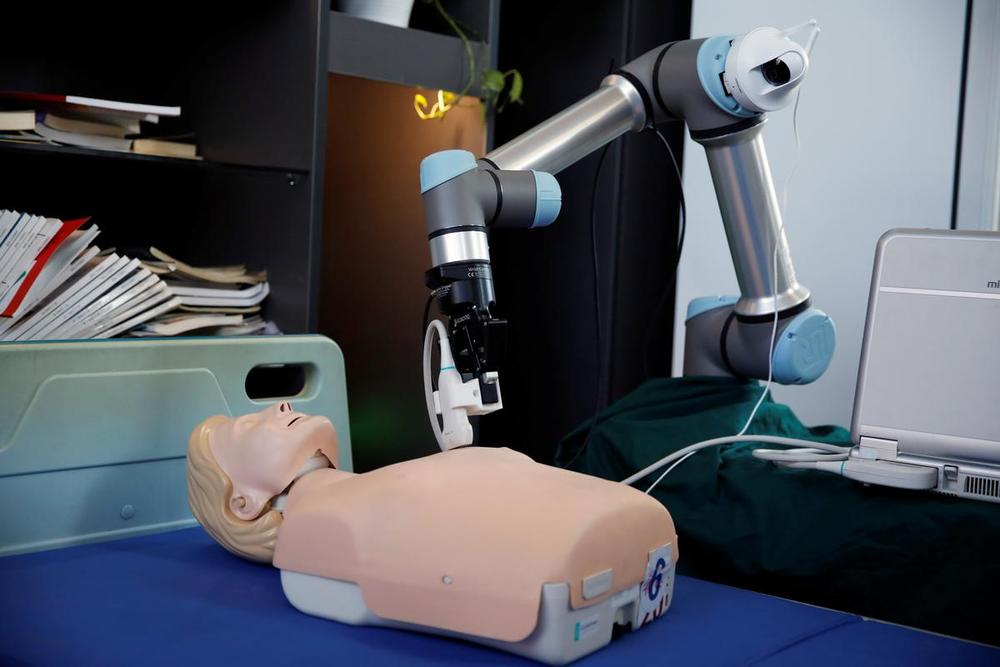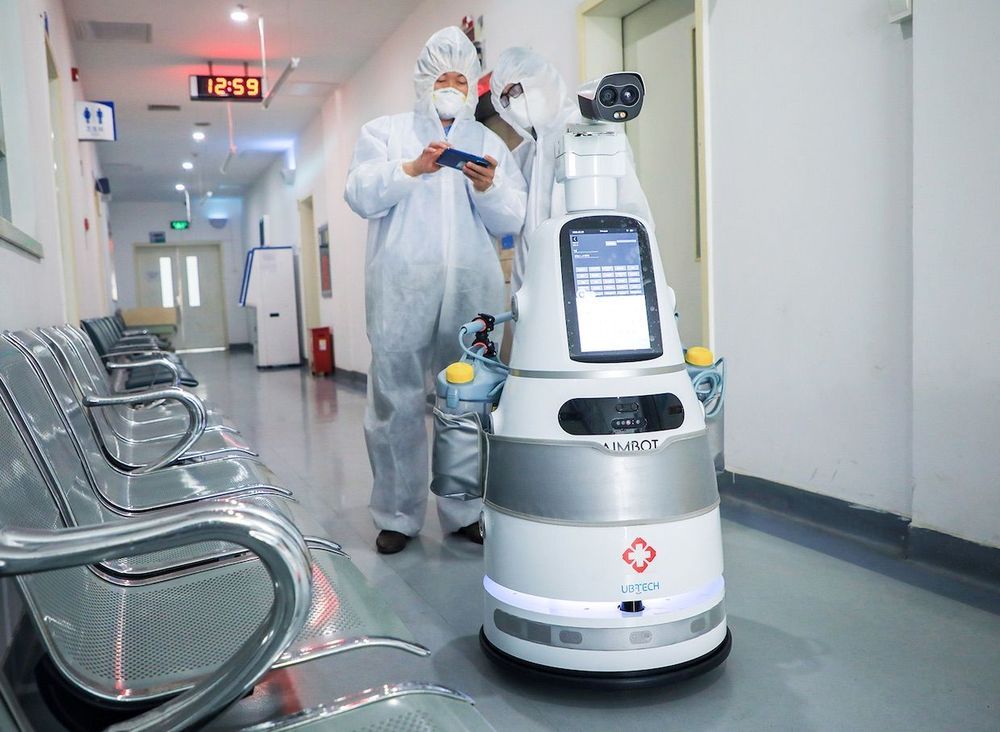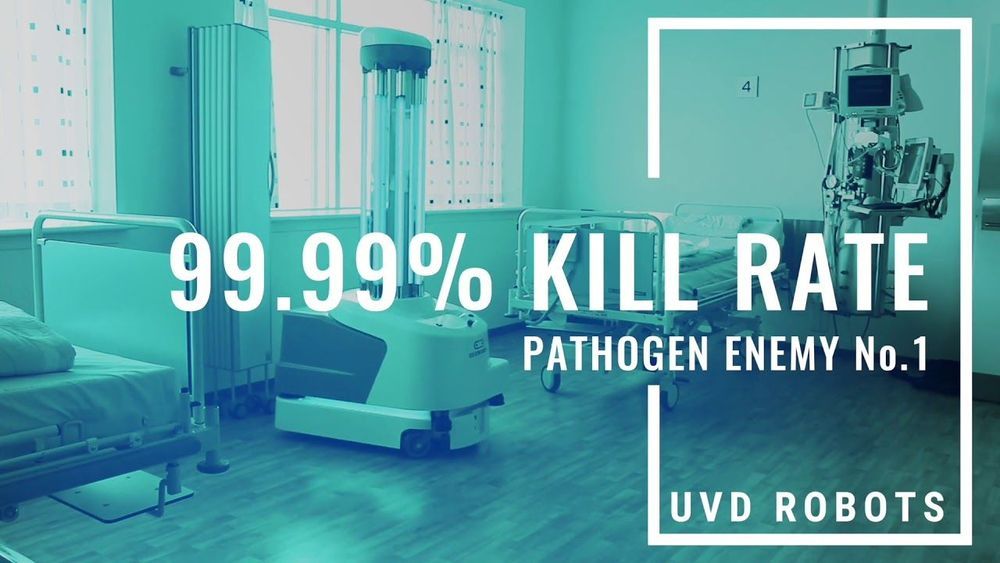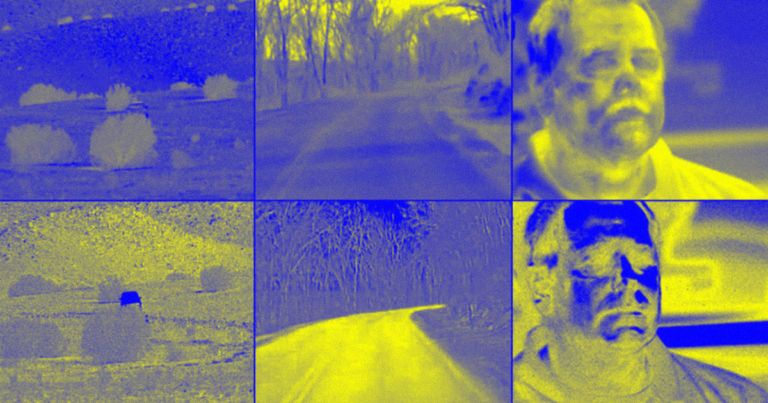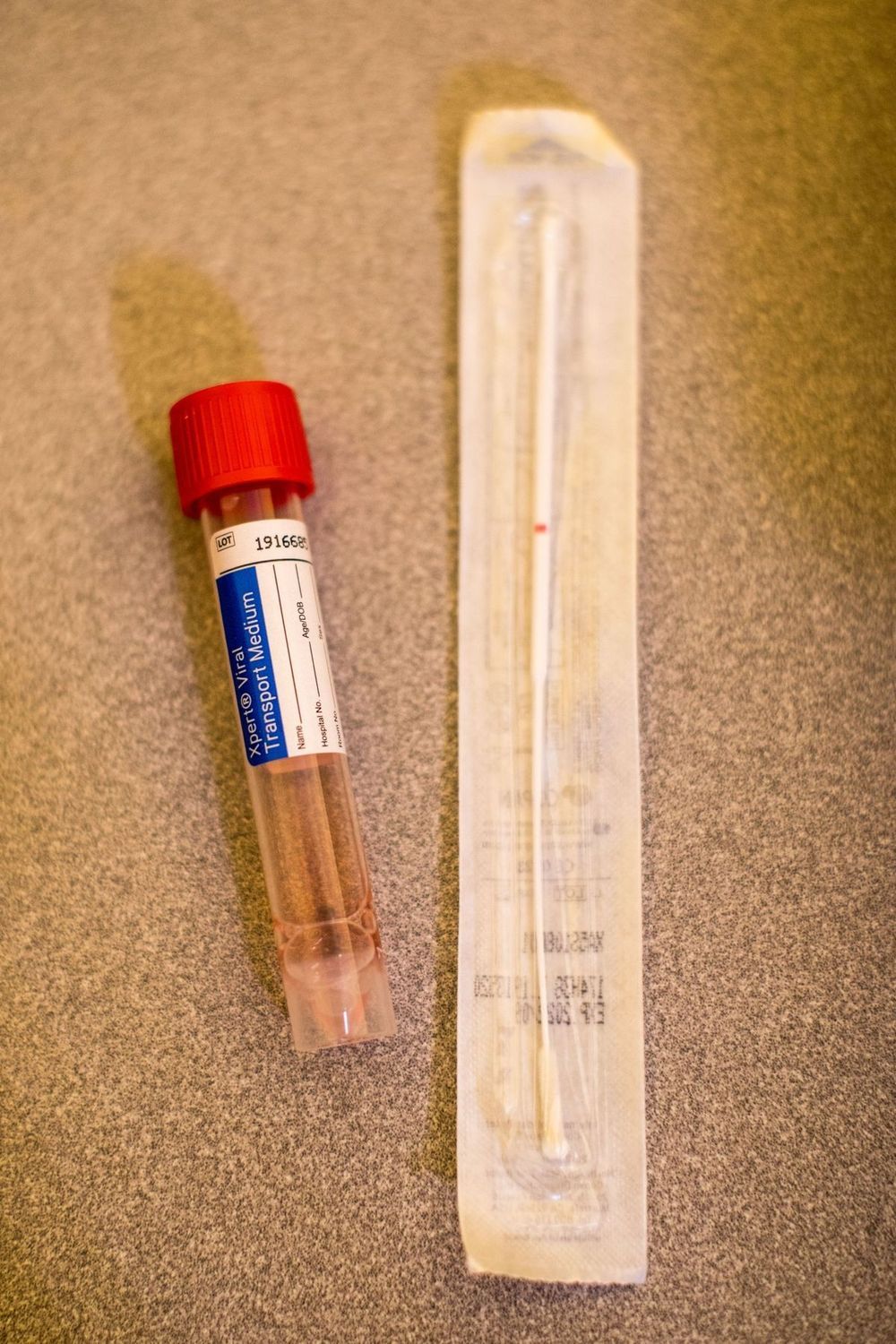Mar 23, 2020
Robot designed in China could help save lives on medical frontline
Posted by Omuterema Akhahenda in categories: biotech/medical, robotics/AI
SHANGHAI (Reuters) — Researchers at one of China’s top universities have designed a robot they say could help save lives on the frontline during the coronavirus outbreak.
The machine consists of a robotic arm on wheels that can perform ultrasounds, take mouth swabs and listen to sounds made by a patient’s organs, usually done with a stethoscope.
Such tasks are normally carried out by doctors in person. But with this robot, which is fitted with cameras, medical personnel do not need to be in the same room as the patient, and could even be in a different city.
